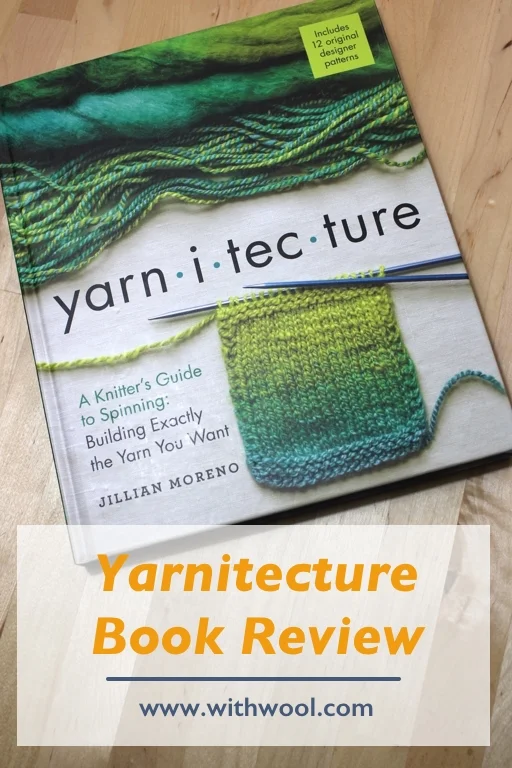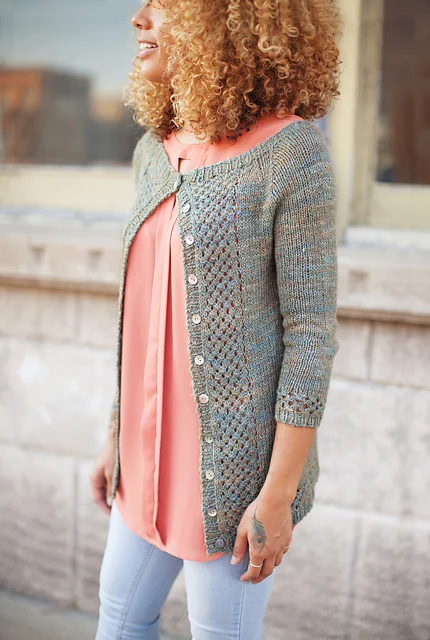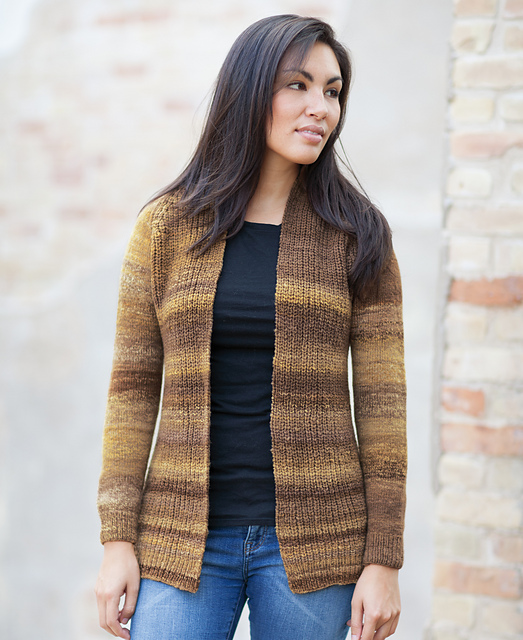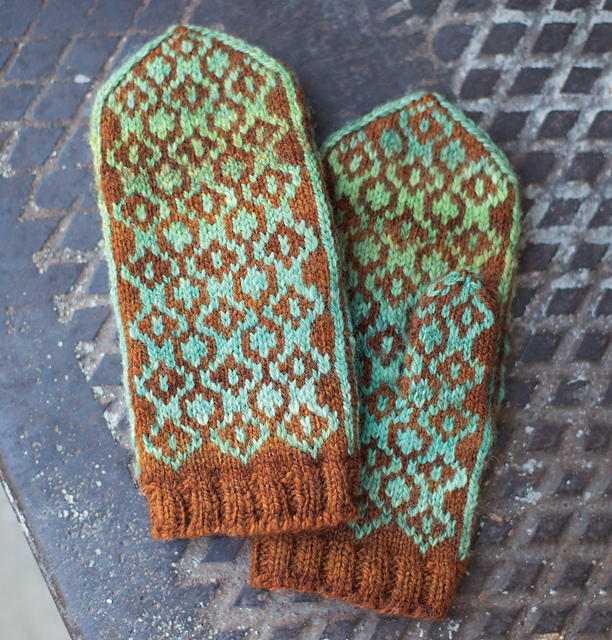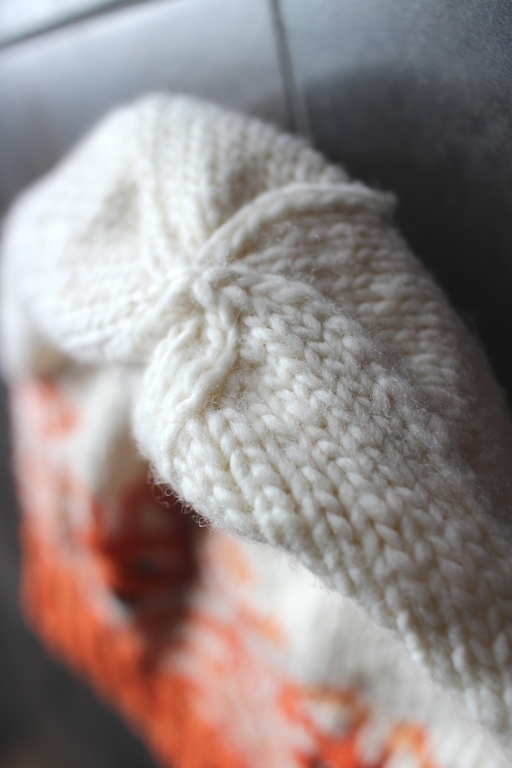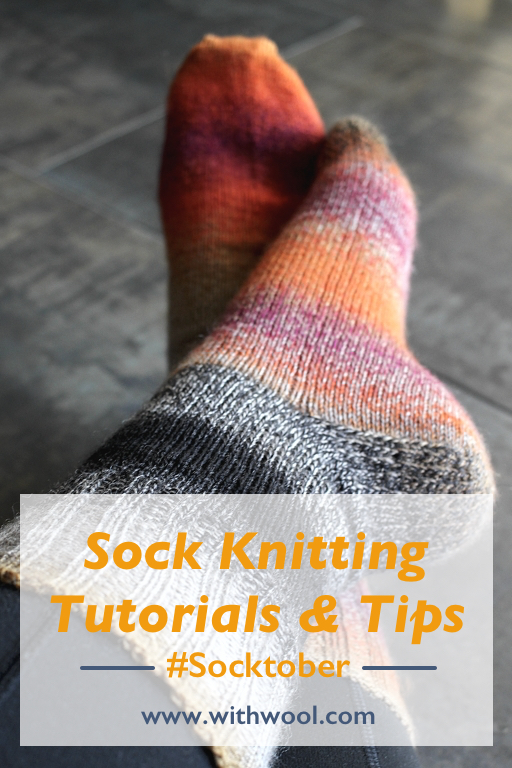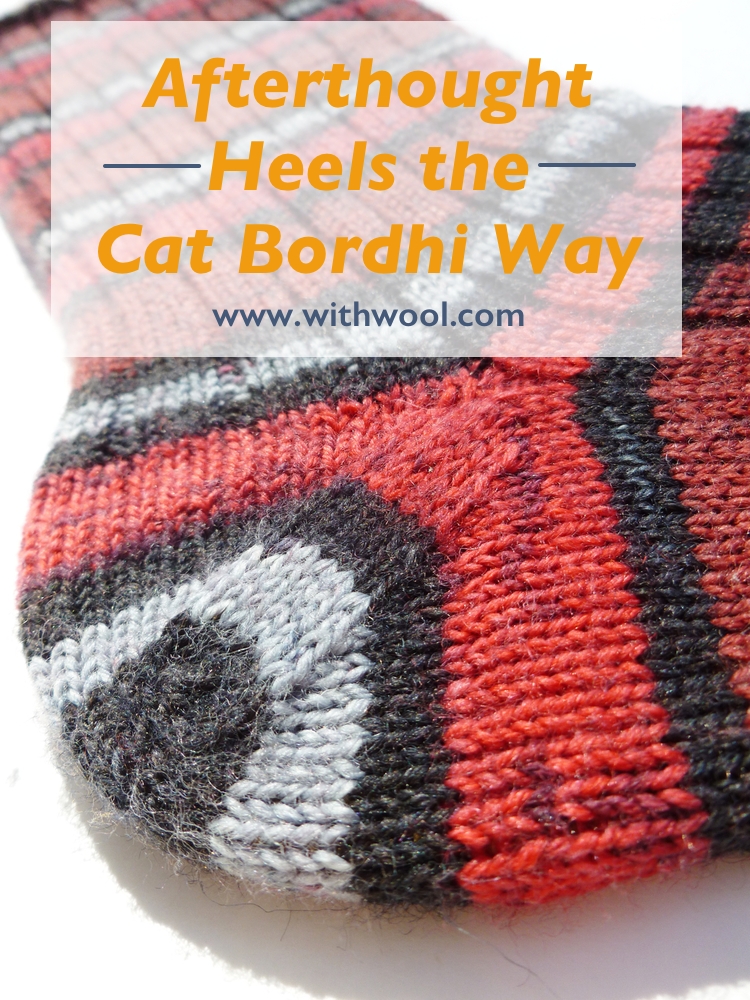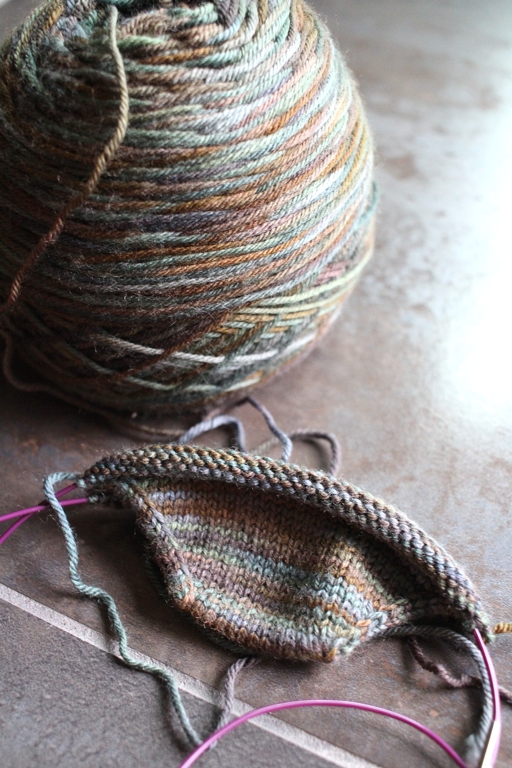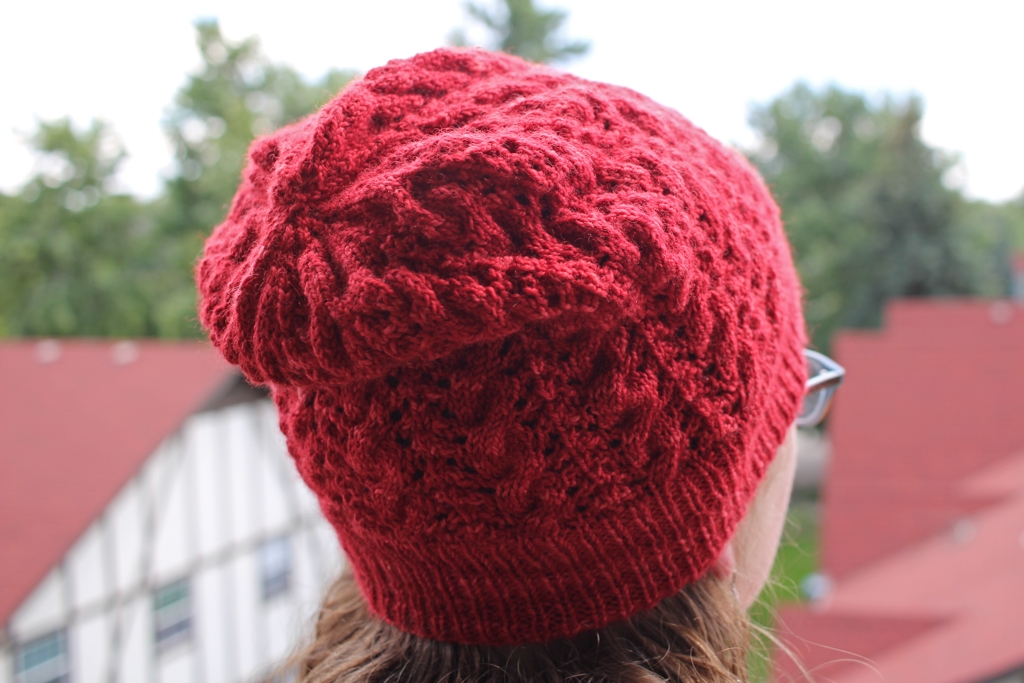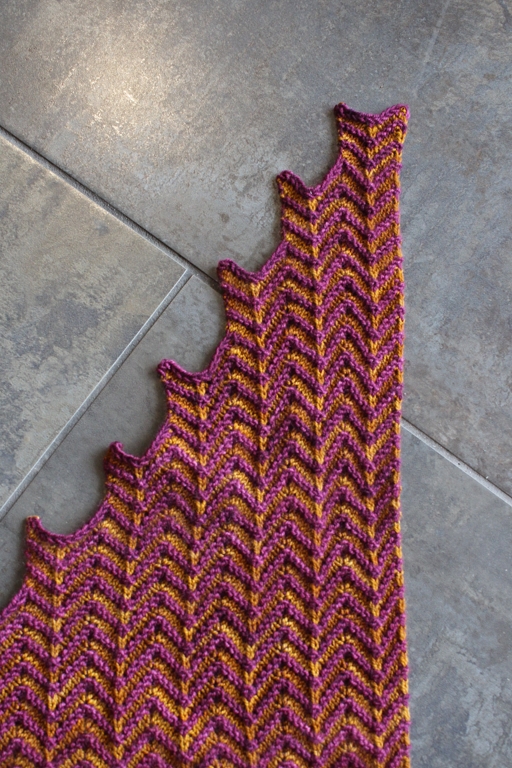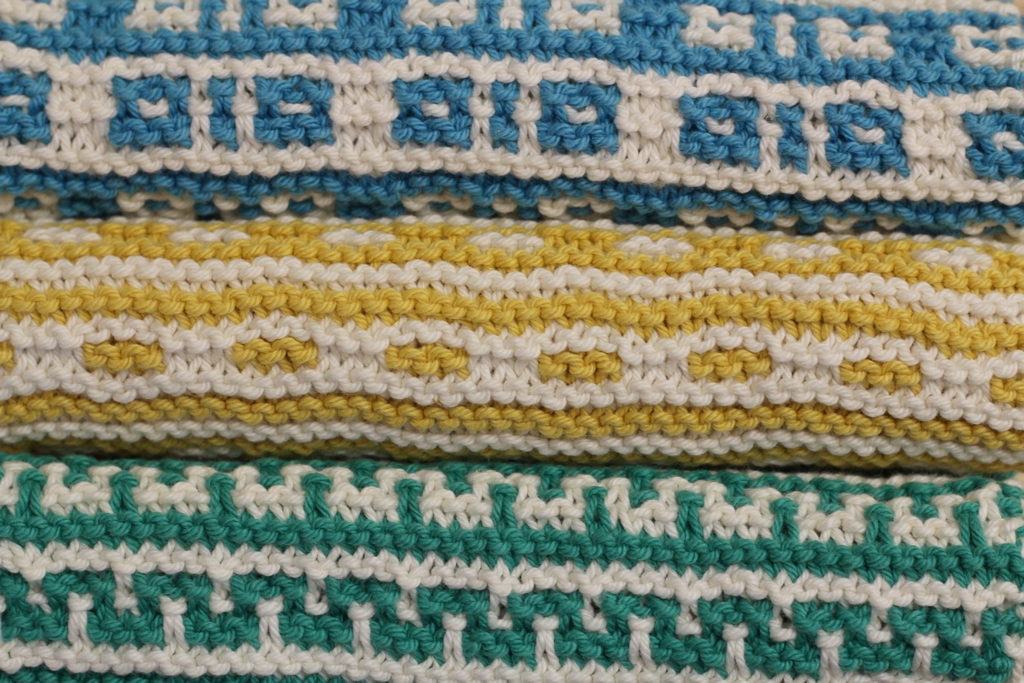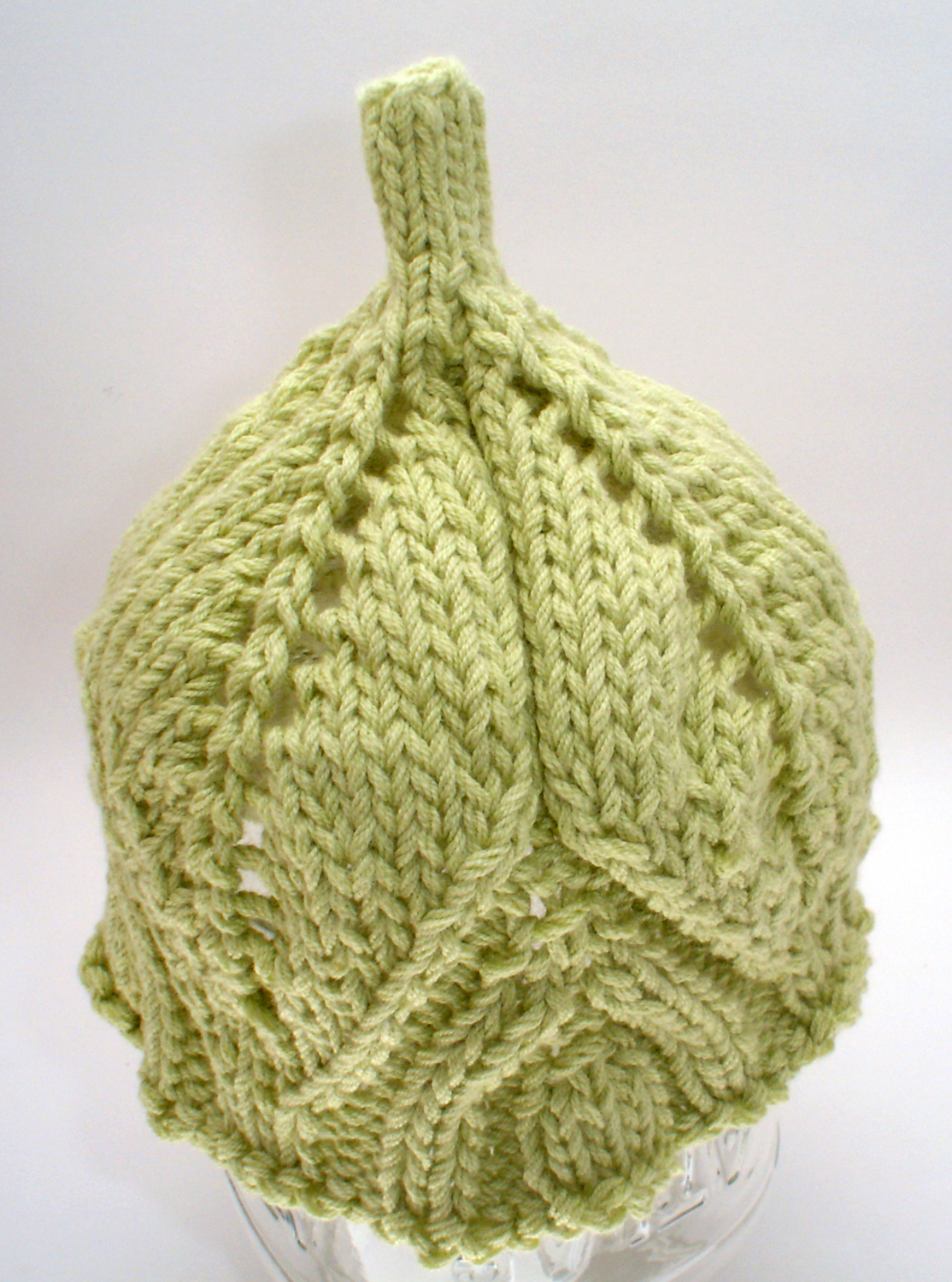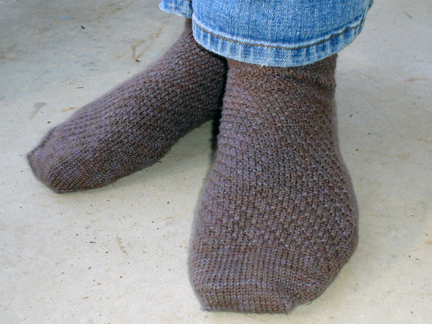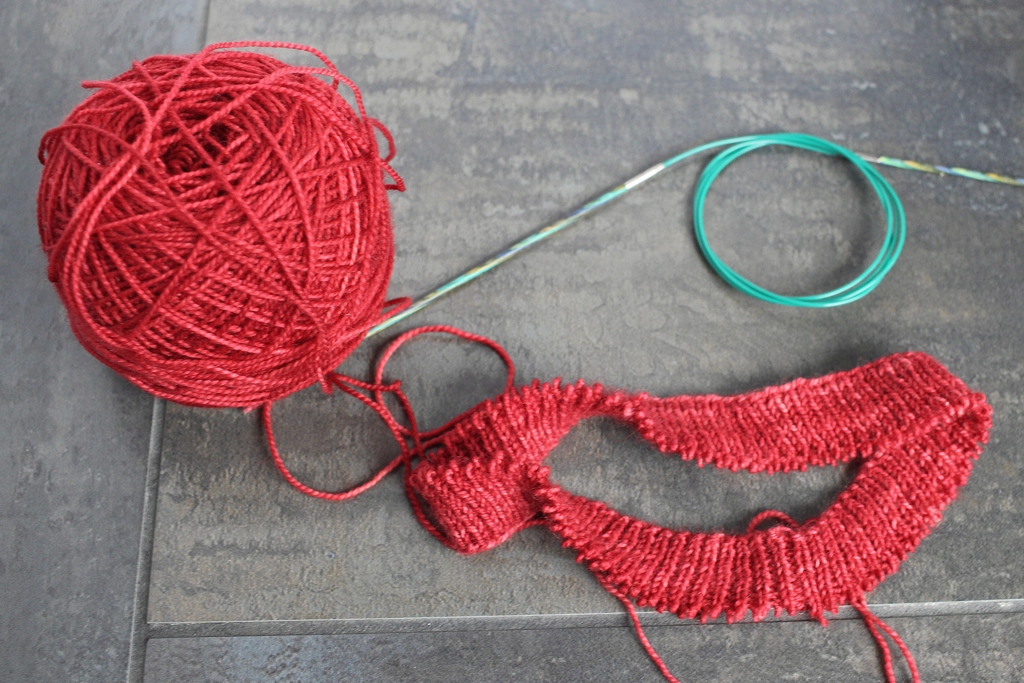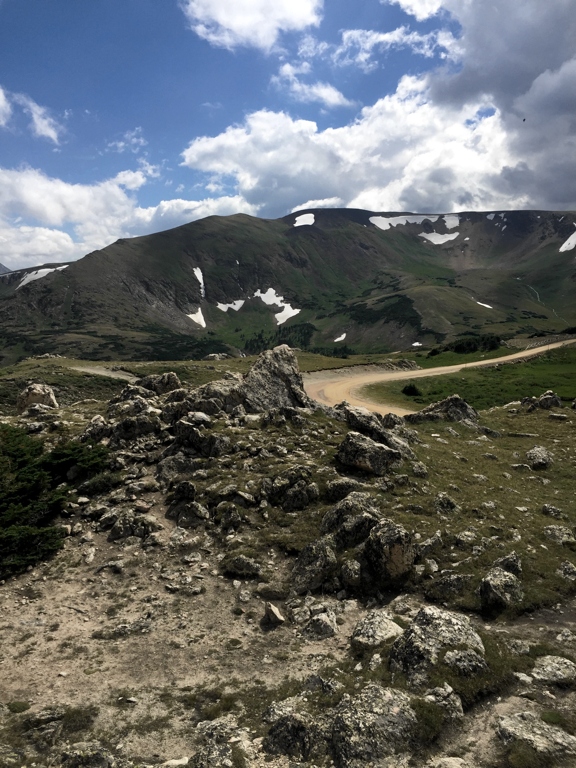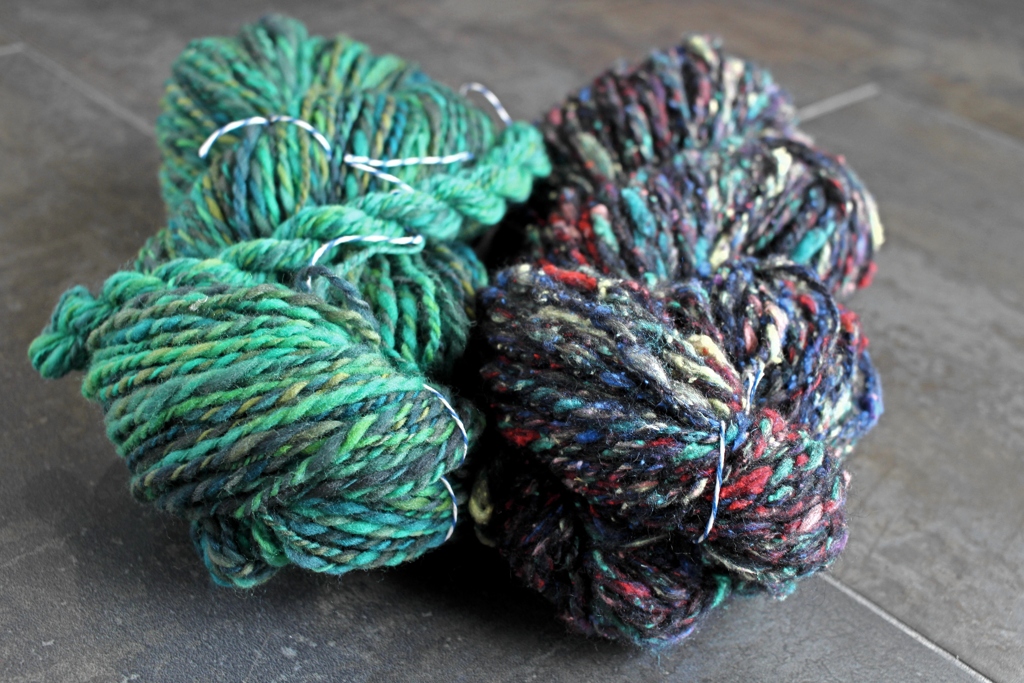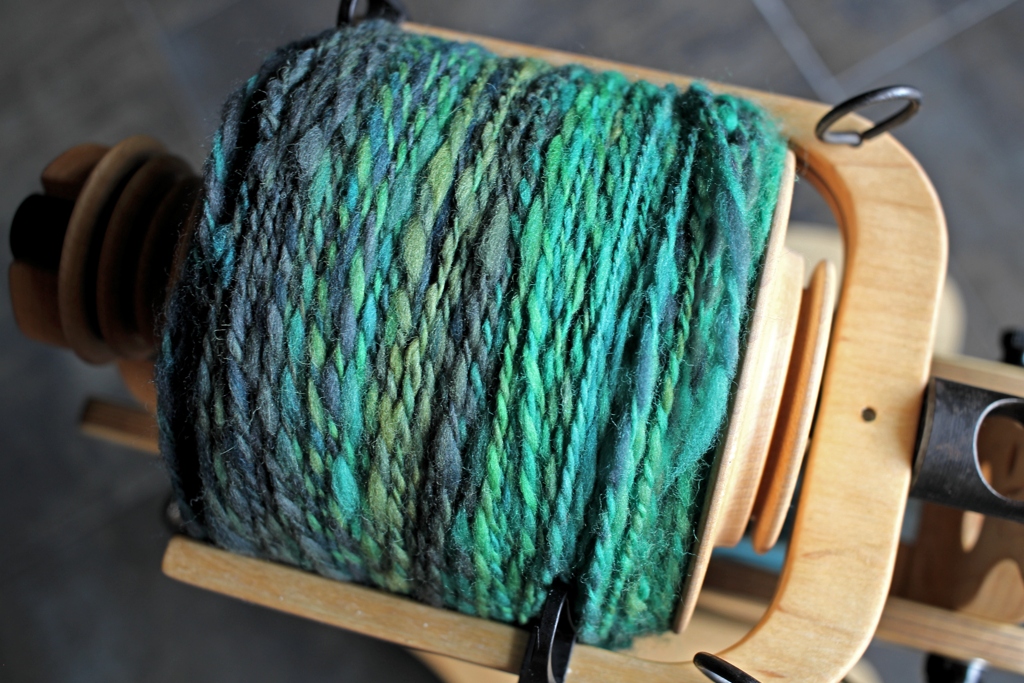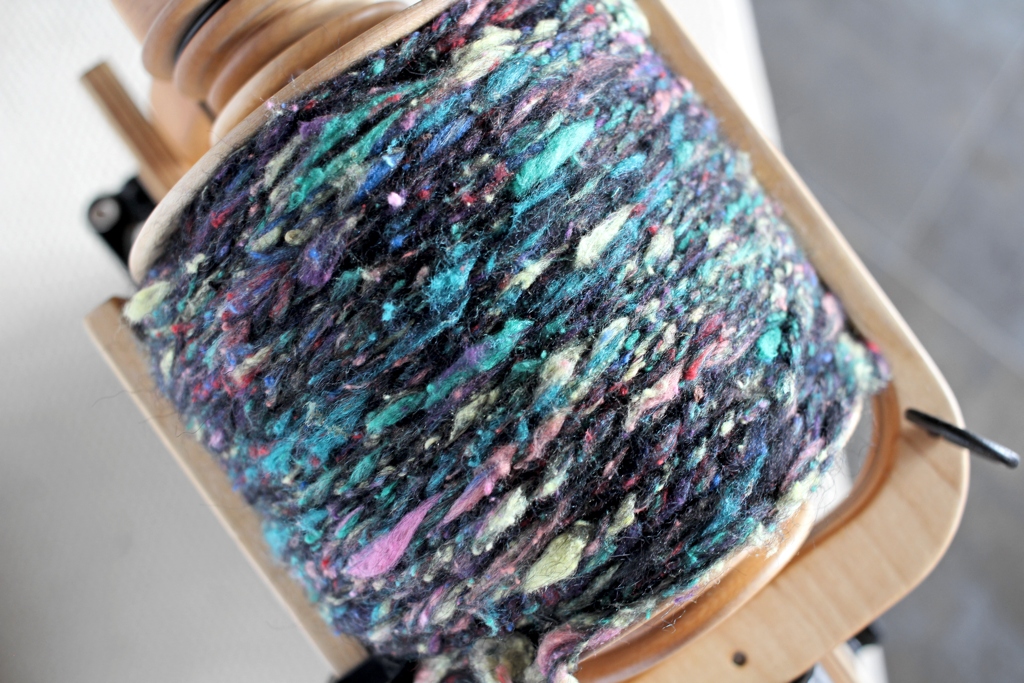Review: Yarnitecture by Jillian Moreno
/Yarnitecture is one of the more recent additions to my spinning library. It had been on my radar for a while and I finally bought it after flipping through it at the bookstore. My first impression was that it was a beautiful book with striking photos and a clear layout. The paper felt nice under my fingers, and the book had a nice weight. It felt like an expensive reference book that was pretty enough to hang out on the coffee table.
When I got beyond that initial skim, Jillian Moreno's Yarnitecture proved to be jam packed with spinning information and help. I would have loved to have this book when I was learning to spin. There’s a chapter about different fibers. It talks about the different kinds of drafting methods with photos and instructions. There’s info about plying, details about spinning balanced yarns, tips for sampling, and so much more. And sprinkled throughout this treasure trove are little side notes to back up the main text. For example, there was a note about leaders, those helpful pieces of yarn that feed your yarn onto the bobbin at the beginning of a project. I learned to spin on a spindle and knew what a leader was and it’s name. But when I got my wheel and sat down to spin, I didn’t know how to correctly get the yarn through the orifice and onto the bobbin. I didn’t know if the “leader” for a wheel was still called a “leader”. How do I look something up online or in a book, if I don’t know what it’s called? A few clumsy google searches told me a leader is a leader and I was able to set up my wheel.
This story brings me to my next point. Yarnitecture is a great reference with photos and step-by-step instructions that covers a lot of the questions and problems a spinner might face. While it’s not the end-all-be-all of spinning references, it gives spinners the knowledge and correct words to ask questions, whether online or in person, and continue learning about their craft.
Earlier I said that I would have loved to have this book when I was learning to spin. What about now that I spun miles of yarn on spindles and a wheel over several years? What if I’ve spun yarn thats reasonably consistent, made from several different constructions, and suited for different purposes? What if you’ve done the same? Yarnitecture still has value to an intermediate spinner because the book’s main goal focuses on spinning yarn for a purpose. Maybe that purpose is making yarn for a particular pattern or spinning enough yardage to make something bigger than a hat. Yarnitecture provides a method and thought process to think about spinning yarn beyond the lone skein. Now I love spinning just for the fun of it as much as the next spinner, but I want to use my handspun too. There’s far too many beautiful skeins just waiting for me to find that one perfect pattern. If I’d put a little more thought into the process at the beginning, I could be wearing and enjoying my handspun instead of keeping it in a bin because I don’t know what to do with it.
And making a sweater’s worth of yarn for myself (and the Bearded One too) is on my spinning bucket list. I’ve never spun that much yarn for one project, but I feel like Yarnitecture has given me a blueprint that I can use to tackle that goal.
In this vein of making yarn with an end project in mind, Yarnitecture includes 12 patterns for handspun yarn by well-known knitting designers. There are shawls of course, but also a variety of sweaters and accessories. Every pattern includes the usual knitting pattern preamble notes as well as detailed information about how the handspun was spun so you can recreate the yarn. And you’ll actually want too because the patterns are beautiful. I’m very tempted to spin and cast on for the Maya Cardigan by Kirsten Kapor, the Hive Mind mitts by Adrian Bizilla, and the Rigby Cardigan by Bristol Ivy.
Let’s sum up. Yarnitecture (<<— affiliate link!*) is a great book for new spinners just getting into the art of making yarn, and intermediate spinners who are interested in spinning for larger projects. It has clear photos, detailed step-by-step instructions, and lots of helpful information. Definitely give it a look and consider adding it to your spinning library.
*This review contains an affiliate link which means, if you decide to buy through that link, I’ll get a small commission. My opinions of this book are unbiased and totally my own. I wouldn’t recommend this book if I didn't think it had value. Thanks!

